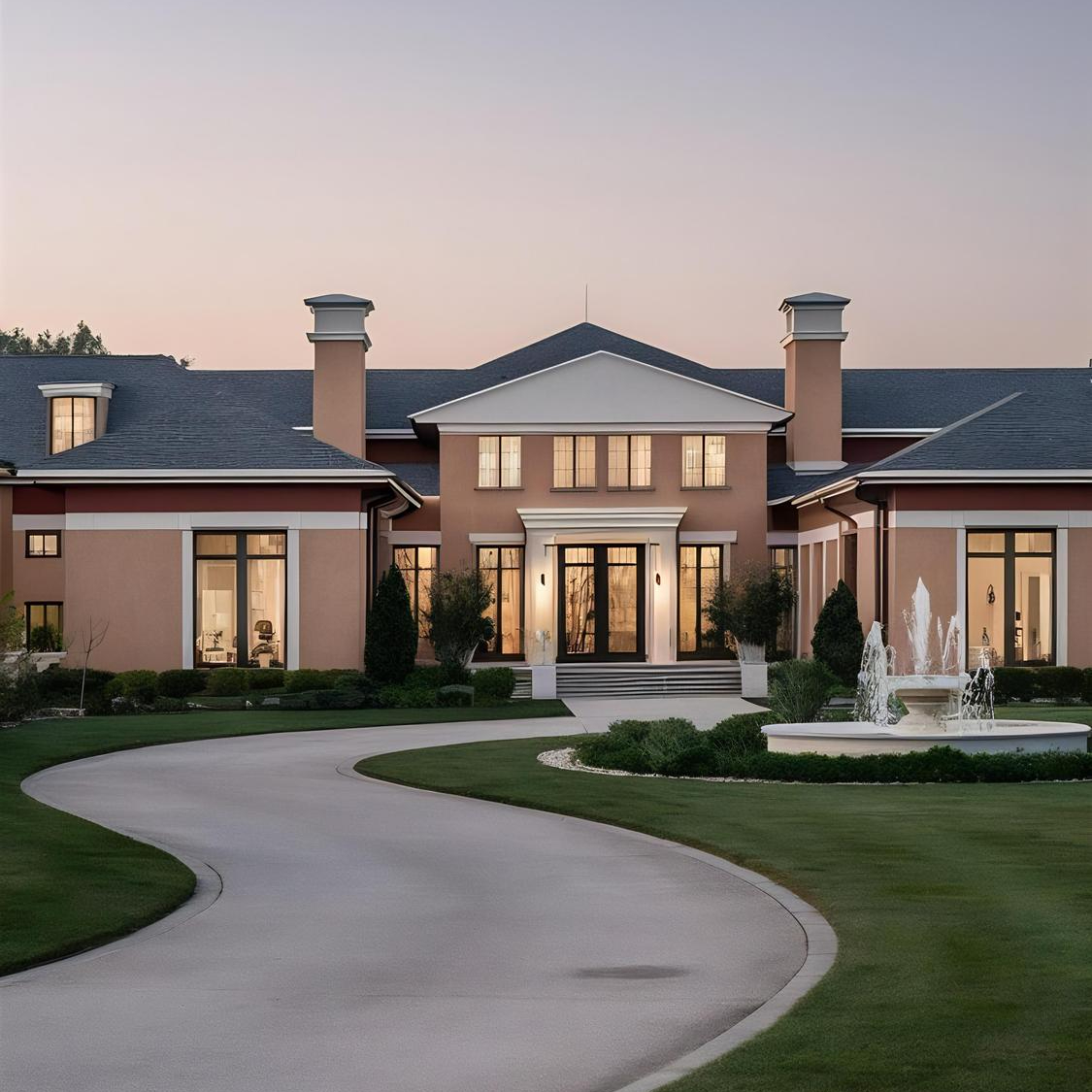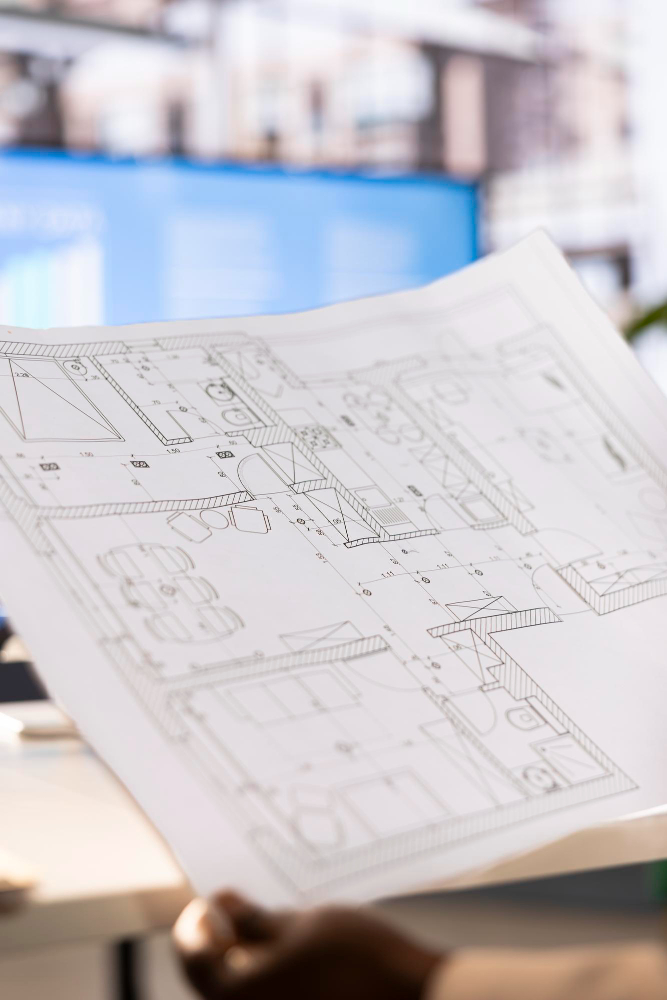By H. Ellis Beck
Throughout its history, the northeastern portion of Bloomington, Minnesota has been home to plenty of notable developments. This corner of a second-ring suburb, sandwiched between the Minnesota River and major highways, has hosted farms, a wildlife refuge, a professional football and baseball stadium, a professional hockey and basketball arena, huge surface parking lots, hotels, and a dedicated space for landing approach lights for Minneapolis-St. Paul International Airport.
Today, the area still has the wildlife refuge, the airport lights, and hotels, but the professional sports venues and their parking lots have been replaced by the Mall of America and IKEA. Since the 2004 opening of the Blue Line, which connects the Mall of America to the airport and Downtown Minneapolis, office buildings and multi-family developments have sprung up around the district’s stations.
Still, the area now known as the South Loop sees potential for more growth in its future and announced that potential to the world when the site finished as a finalist to host the 2023 World’s Fair, before eventually losing the bid to Argentina. It announced it again by entering a bid to host the 2027 World’s Fair, the winner of which has not yet been announced.
Most of this excitement for potential growth centers around the South Loop District Plan, adopted by the Bloomington City Council in August of 2013. The plan focuses on leveraging the area’s existing assets to foster responsible growth. These unique assets include the country’s largest mall, which serves 40 million visitors annually, and the district’s close proximity to Minneapolis-St Paul International Airport, a major hub for Delta Air Lines. The area is home to four light rail stops, increasing opportunity for Transit-Oriented Development and improving walkability throughout the area. A map by the City of Bloomington highlighting the existing assets is below.
The South Loop’s population, households, and housing units are projected to more than triple from 2010 through 2050. The annual population growth rate of 3.1% would roughly quadruple growth rates anticipated in Hennepin County over the same period, and Bloomington expects that over two-thirds of its population growth will occur in the South Loop. Households and housing units are anticipated to follow a similar trend. While employment growth is anticipated to lag population, household, and housing unit growth, the South Loop already serves as an employment hub due to the Mall of America’s presence.
Residential units are projected to grow at roughly the same rate as population and households, with office and technical space lagging only slightly behind. Growth in retail and hotel space is anticipated to trail the housing sector, but the South Loop clearly has an established retail base and is already a hotel hub due to its mall and proximity to the airport.
The South Loop exemplifies the growing trend of suburbs transitioning portions of their land from the open, auto-centric, and decidedly “sub-urban” style of planning to a far more dense, transit-oriented, walkable, and “urban” style. We’ve seen this trend play out in mid-size metropolitan areas; Seattle and Denver area suburbs have recently attempted to build around new or planned transit corridors. However, Bloomington’s situation is unique in the Minneapolis-St. Paul area.
Locally, suburbs have begun to either prepare to reshape downtown areas to accommodate incoming transit (such as along the Southwest Rail Line) or totally rebuild areas from the ground up (e.g. the Ford Site in St. Paul). The South Loop is uniquely positioned in that the “hard part” is already accomplished: trains are already running through the area, people are already coming to the Mall and nearby airport, the groundwork is already laid. The South Loop’s continuing development from Bloomington’s rural “front door” to its fully built-out form should prove interesting to observe.
STAY IN THE LOOP
Subscribe to our newsletter.
Explore More




